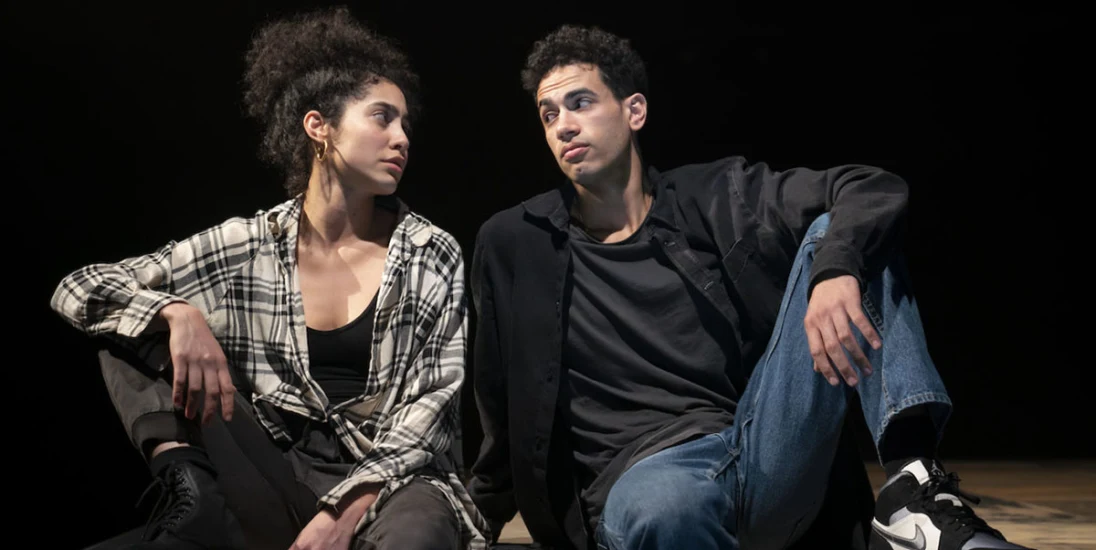'Sanctuary City' review - powerful new play questions who is allowed to feel safe
We're all searching for some version of safety. A place where one is free to think, speak, live, and love that is exempt of judgement and ridicule. Sanctuary City, a new play from Pulitzer Prize winner Martyna Majok, questions if this sort of place exists, and if it does, is everyone welcome.
Imagine being transported, as a child, to a strange new country and being ignorant of its language, culture, and people. Picture yourself, as a result of this "forced" situation in the land of opportunity, but scared, stifled, and alone. Under the remarkable direction of Rebecca Frecknall, Sanctuary City gives focus to two immigrant teenagers, living through their lonesomeness in Newark, New Jersey and searching for security, companionship, and acceptance. The audience is so completely immersed in their world, that it's hard to look away and not feel empathetic.
Purposefully never given complete names, B (Jasai Chase-Owens), and G (Sharlene Cruz), are best-friends. These single letters identifiers help to label them as simply human. Their gender identity — an inner feeling and awareness of whether a person is female or male, both, or neither — is never revealed, though one might assume it simply stands for Boy and Girl. Yet, in this story about platonic love, gender labels are not what matters.
We learn more about B and G through their friendly care for one another that develops over several years. B's mother wants to return home (somewhere not in America, though we never learn where) while G's mother stays in an abusive relationship that makes G's life miserable. Through perfectly symmetrical choreography — side by side, front to back, up and down — we travel with B and G through their four-year high school journey, and beyond. The friends grow closer through a cherished mutual understanding. They bond intimately, but never sexually, while offering each other support, shelter, food, security, and companionship. Before G moves on to college, they plan to marry, not for romance, but to secure B's green card. A third character Henry (Austin Smith), the only character given a name, turns the play around in many ways completely in Act II. Chase-Owens, Cruz, and Smith are a stellar trio together. Their acting never seems forced or over-done. I often wondered how much they've worked together before.
Tom Scutt's minimal set and costume design leaves much to the imagination. The stage, a slanted elevated plank, remains bare throughout the show. The costumes rarely change, and yet, nothing feels like it's lacking. However, it is Isabella Byrd's impressive lighting design that served as this show's highlight. During the first half of the play, Byrd created a warmer setting with spotlights directly on the actors, leaving the rest of the stage dark. Colors moved systematically from flashes of dark oranges to bright yellow hues to symbolically translate time, connection, and intimacy. Everything works in tandem in New York Theatre Workshop's first play of the season. This play forces its audience to ask themselves the necessary questions about equality and sacrifice, and how far they would go to feel safe.
Photo credit: Sharlene Cruz and Jasai Chase-Owens in Sanctuary City (Photo by Joan Marcus)
Originally published on
